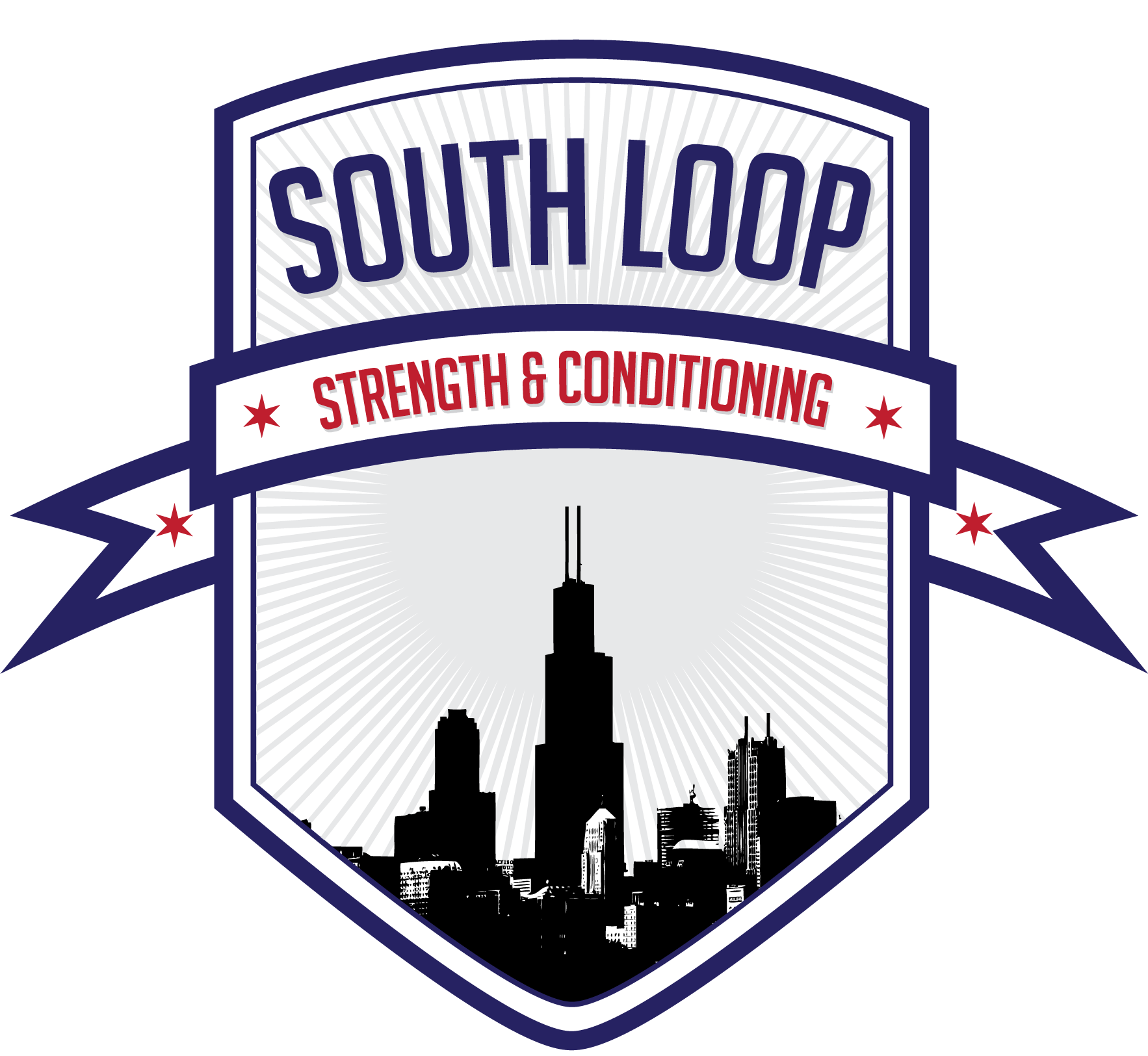When being coached on lifting technique, it’s not uncommon to feel like different coaches are giving conflicting cues. How am I supposed to sit back onto my heels while still keeping my chest up in the squat? If both cues aren’t happening, which one should I sacrifice? Is it better to keep my chest up in the bottom and roll onto my toes a bit, or is it better to stay firmly rooted in the heels and allow the chest to drop?
While we could go into a variety of discussions regarding the finer points of cuing and triaging errors (short version: prioritize proper stabilization strategies through the core and many other mobility and motor control problems handle themselves), I’d like to instead discuss a phenomenon I see with many athletes, particularly those who are motivated to get better.
In a group class model, athletes will often be exposed to different coaches who will offer different cues. At some level, this can be very valuable, as one coach may say the “right thing” that suddenly makes a concept click. “Oh, ‘ribcage down’ on my kettlebell swings makes sense! Now I know what Paul was trying to get me to do the other day when he was saying ‘don’t arch.'”
However, other times, athletes may feel like they’re getting mixed messages from coaches.
This is absolutely the case sometimes. Depending on which continuing education courses you’ve taken, which coaches you’ve worked with, or which blogs you read, you may have a differing opinion on how much the knees should translate forward in a squat.
And, there may be different “correct” answers for different people. Is the squat unloaded? Loaded? Is it a weightlifter trying to win a competition? Is it a powerlifter trying to win a competition? Does the person have a history of knee pain? Does the person have a history of back pain? All of these factors can change how much the knees “should” translate forward in the bottom of a squat. And, different coaches may have different opinions or different degrees of understanding of these nuances.
Worst case scenario, some coaches just have a few basic cues that they throw at every situation like “Stay in your heels!” and Keep your chest up!” This is the “if all you have is a hammer, everything looks like a nail” situation.
In any case, it can be frustrating to hear different cues and not know which ones are the right ones to be following. However, another common situation is athletes over-correcting their errors. Think of Goldilocks and the three bears. Some porridge was too hot. Some was too cold. And some was just right. Finding your back angle on the deadlift can be the same way. “Chest up!” “Chest down” “Just right!”
So, how do you figure out what the situation is? The easiest way is to ask your coach. Explain that you’ve heard different cues elsewhere and you’re not sure what to do. Key here, though, is not to accuse your coach or the other coach of “being wrong,” since that puts the coach in an inherently defensive position. Coaches don’t want to undermine each other. And, we also understand that, sometimes what an athlete hears is not what a coach actually said.
Ideally, your coach will be able to explain to you why they’re giving you a certain cue and also explain that, in another situation, the other coach may have been correct in giving you a seemingly opposite cue. We’re all after better movement and better performance, so we attempt to change what we see into what we envision in our head through cuing and programming.
For an example of this in action, see this video. MJ has had a bad habit of pulling the bar around her knees on her cleans for a long time. We’ve worked on correcting this and have made significant progress. However, in this video, she pulls her knees back quite well, but changes her back angle significantly in the first pull in order to get the knees back.So, we’ve created a new problem. First the porridge was too cold, and now it’s too hot. Eventually, we will end up at just right. And then we can start worrying about whether the bed is too big or too small.

